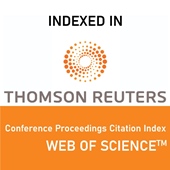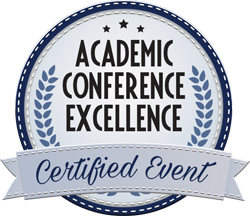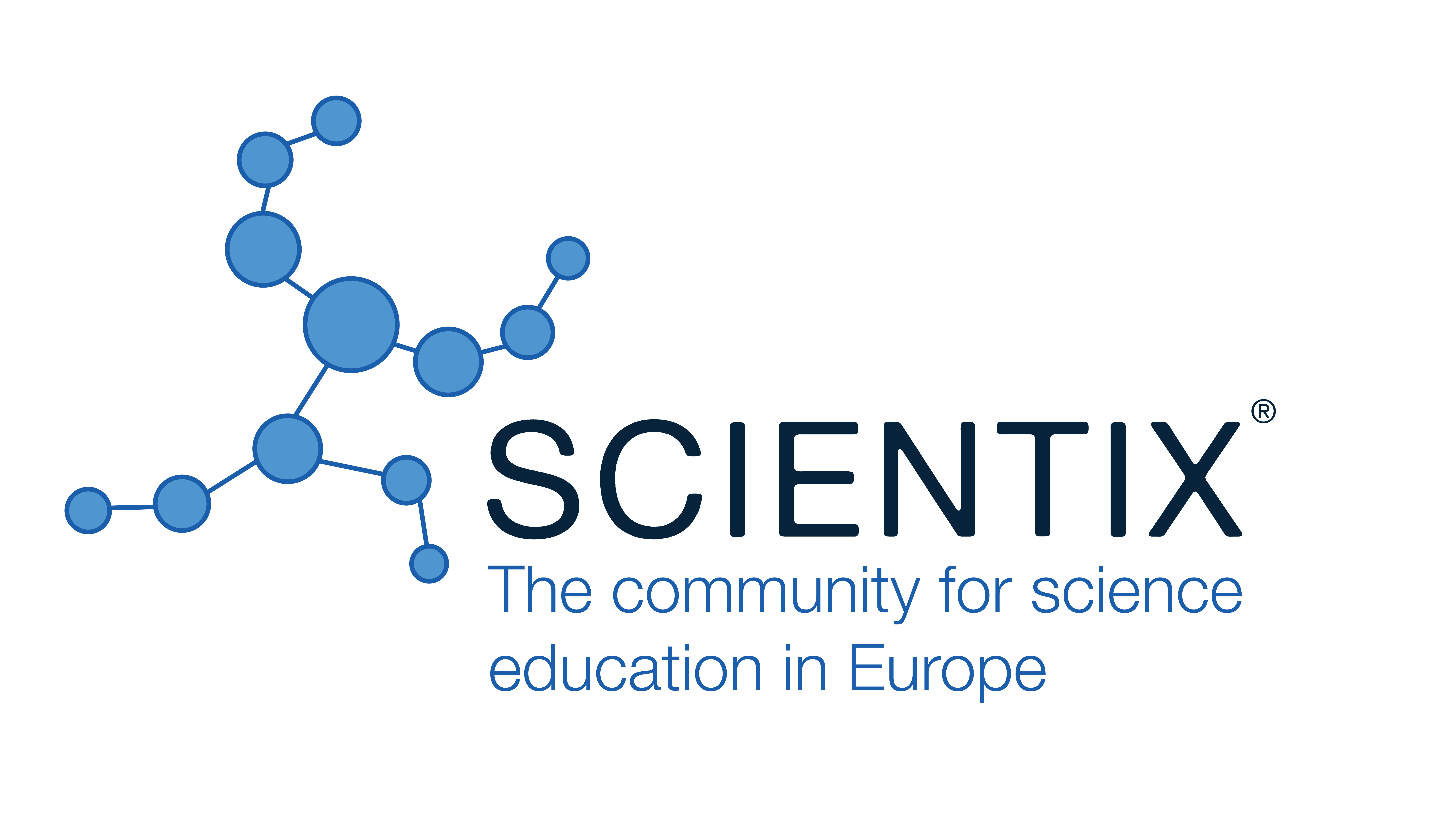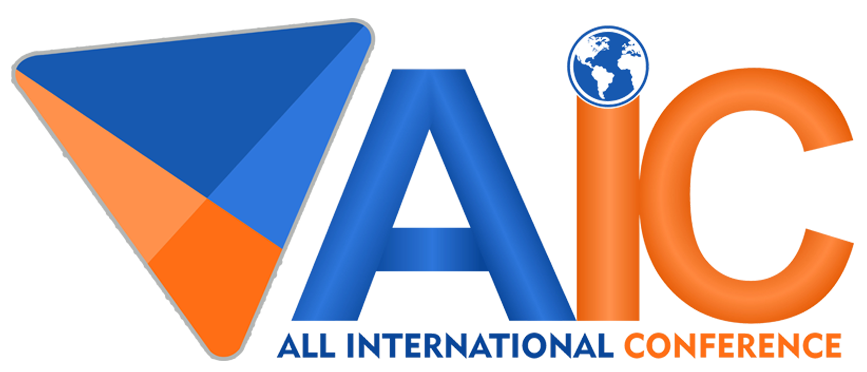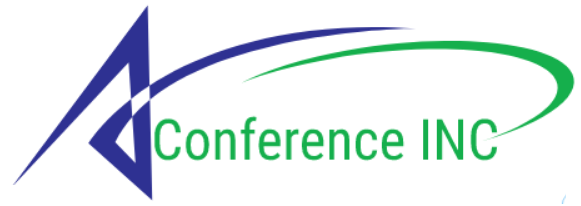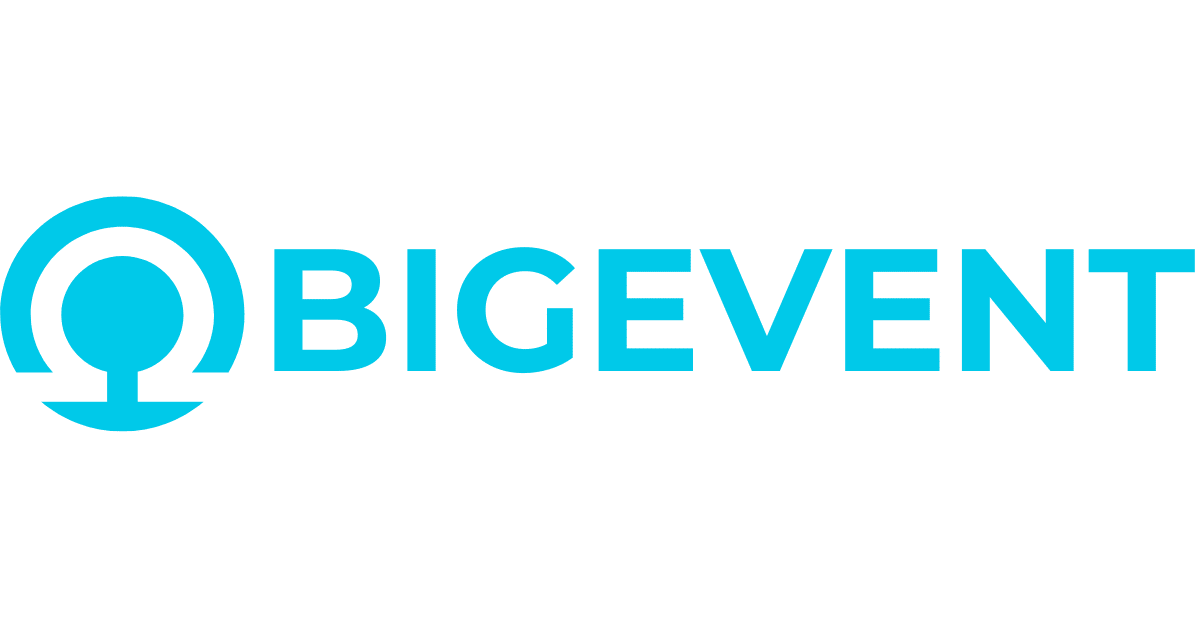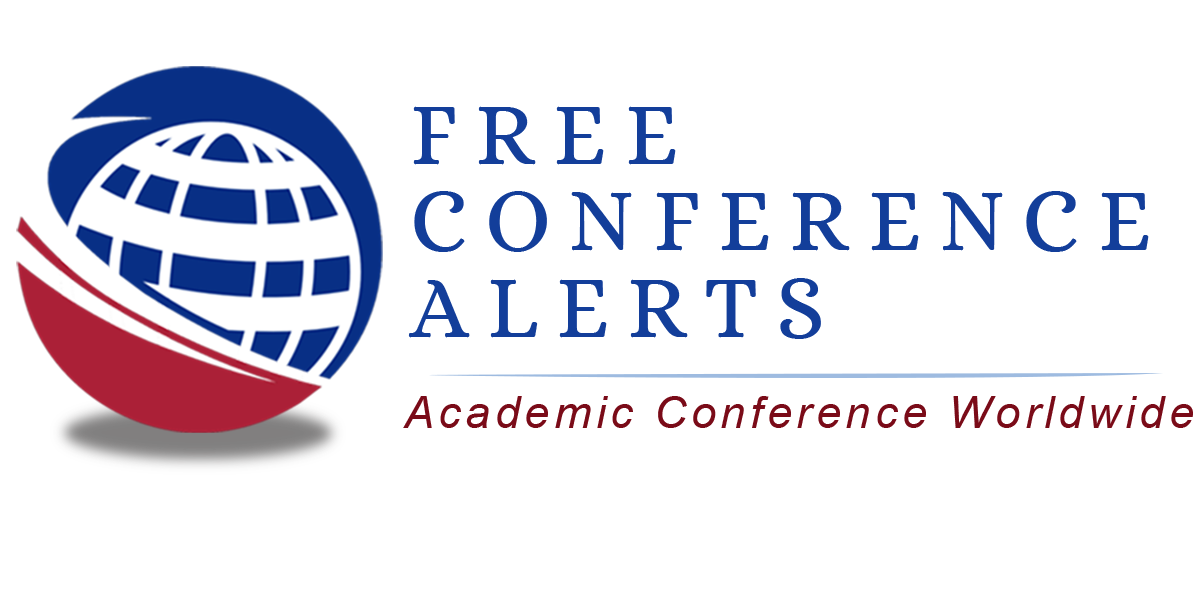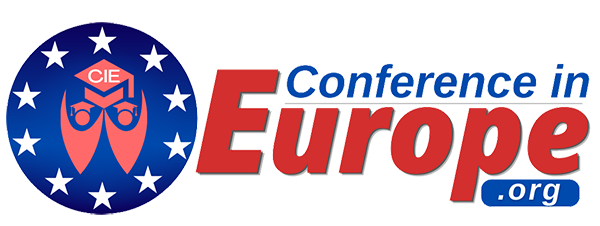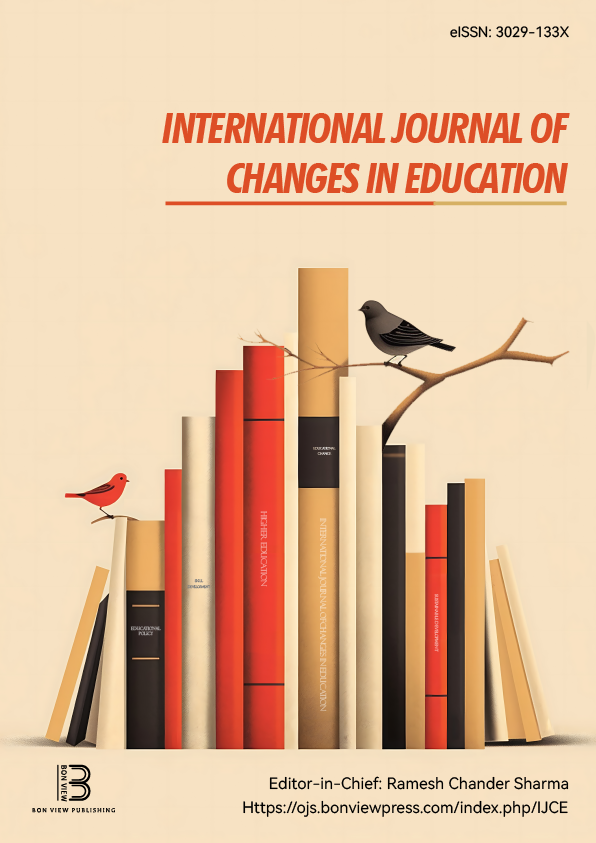Dyslexia Handwriting Analysis via YOLO-Based Object Detection: A Multi-Class Approach for Synthetic Word Recognition
Nora Fink, AI researcher (Germany)
Abstract
Dyslexia remains one of the most prevalent learning disorders worldwide, with handwriting playing a key role in its identification. Building upon past efforts in deep learning for dyslexia detection, this paper introduces a novel application of YOLO-based object detection (YOLOv11L and YOLOv11X variants) for simultaneously recognizing multiple classes of handwriting anomalies—specifically Normal, Reversal, and Corrected letters—in synthetic word images. Our methodology integrates a carefully engineered pipeline that (i) extracts and preprocesses individual letters from an existing dataset, (ii) synthesizes fictitious words through these letters, and (iii) trains YOLOv11-based detectors to localize and classify dyslexia-relevant handwriting traits in real time. By contrast to single-letter classification alone, generating entire synthetic words simulates how dyslexia might manifest in continuous text. With an extensive experimental setup on a curated three-class dataset (Normal, Reversal, Corrected), our YOLOv11 detectors achieve near-perfect accuracy, with best precision up to 0.9998, recall of 0.9999, and an F1-score of 0.9998 at certain epochs. This significantly surpasses many earlier works in dyslexia handwriting analysis. We highlight key findings (notably near-1.00 [email protected]–0.95), compare YOLOv11L versus YOLOv11X in terms of final detection performance, and detail further directions, including real-world data collection and expanding the pipeline to non-Latin scripts. The framework showcases how advanced object detection can serve as an interpretable and robust mechanism to screen for dyslexia, while pointing the way toward refined data augmentation and multi-class extension to handle various alphabets and writing systems.
Keywords: Dyslexia detection, Handwriting analysis, Explainable AI (XAI), YOLO object detection, Learning disabilities, Synthetic data generation
1. C. R. Therapy, “33 Dyslexia Statistics & Facts: How Many People Have Dyslexia?” 2024, accessed: 2025-01-26. [Online]. Available: https://www.crossrivertherapy.com/research/dyslexia-statistics
 The Future of Education
The Future of Education
